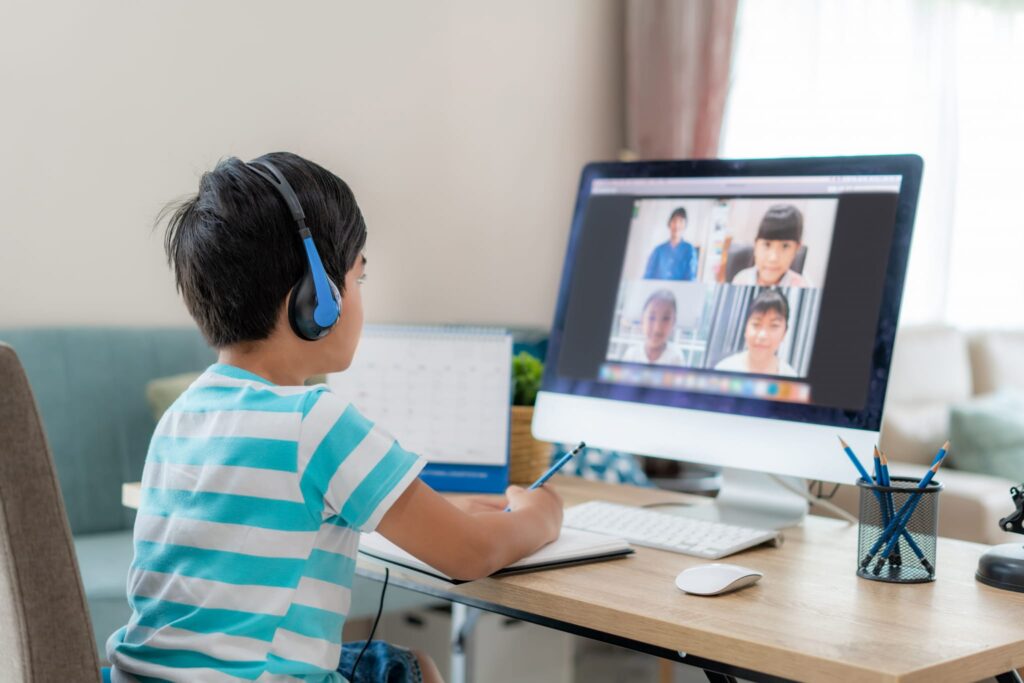Last year, I spent four months traveling around the country interviewing students and families of color about how schools could do a better job supporting their children’s social and emotional development. It’s become a popular topic in education since research shows that learning is inherently social (think about teacher-student relationships and peer relationships) and emotional (think about how hard it is to focus when you’re stressed). Schools, therefore, have put great effort into teaching kids to manage their emotions and behavior, to believe in their ability to achieve, to address conflict in constructive ways, and other skills.
But many of the students and families I spoke to said that they didn’t trust schools to do this work well. Bias and discrimination make it too easy to turn efforts in teaching students to manage behavior into harmful practices that erase culture and force students to adopt dominant cultural and social norms. What was clear from these conversations is that educators and policymakers must build stronger relationships with students and families in order to build trust and understanding and to partner with the communities that schools serve. During the current COVID-19 pandemic, with schools closed and disconnection an easy default, it is these relationships that matter most.
Anxiety is high all around as we go through, essentially, a global trauma. Students face food insecurities that were previously addressed in part by school breakfast and lunches, the stress of parents who may have lost a source of income, the fear of catching the coronavirus, or grief of losing family members to it. Educators, in addition to their own personal stresses brought on by this situation, are concerned both about teaching academic content through digital media and about the well-being of their students. So, let’s be especially intent on voicing that it’s okay to prioritize relationships and well-being right now.
This is not to say academic learning should stop, but that educators will need to be especially careful to engage students in meaningful ways that build and maintain relationships, and to not let concerns about their social and emotional well-being fall to the wayside. After all, to do remote learning well, it is critical to make engagement interpersonal through presence and responsiveness, with opportunities for students to engage with each other, and to center both community and personalization. Districts can take this work even further by finding ways to reach out to students and their families in personal ways to check in and connect them with resources, such as the Every Child, Every Day initiative in the Phoenix Union High School District.
And above all, educators should be paying close attention to the students who under normal circumstances are marginalized, and under current circumstances are most likely to be forgotten — English learners, immigrant youth, students with disabilities, students from low-income backgrounds, and students of color.
“Picking up the phone and making a personal contact makes a huge difference for our population,” said Sergio Garcia, principal of Artesia High School in the ABC Unified District in Los Angeles County, during a recent interview with Ed Trust writer-in-residence Karin Chenoweth. About 20% of Artesia’s students have special needs and 19% are English learners. Chenoweth has spent years chronicling Artesia’s rise from one of the lowest-performing schools in the district to graduating 98% of its students, the highest rate in the district. Along the way, Garcia has often cited relationship-building as key to that success. And in this current crisis, he said it’s making the biggest difference, especially with the sudden transition to distance learning. “What we’ve discovered is that teachers who had great relationships with their kids … every kid got online.”
The social and emotional well-being of students is of the upmost importance at this time, not just because it matters for our humanity but because it matters for academic learning and student engagement. Historically marginalized communities and school staff have sometimes had a tenuous relationship, but this is the time to make it stronger, to build trust and understanding, and to work with families who have been supporting the social and emotional well-being of their children all along.




